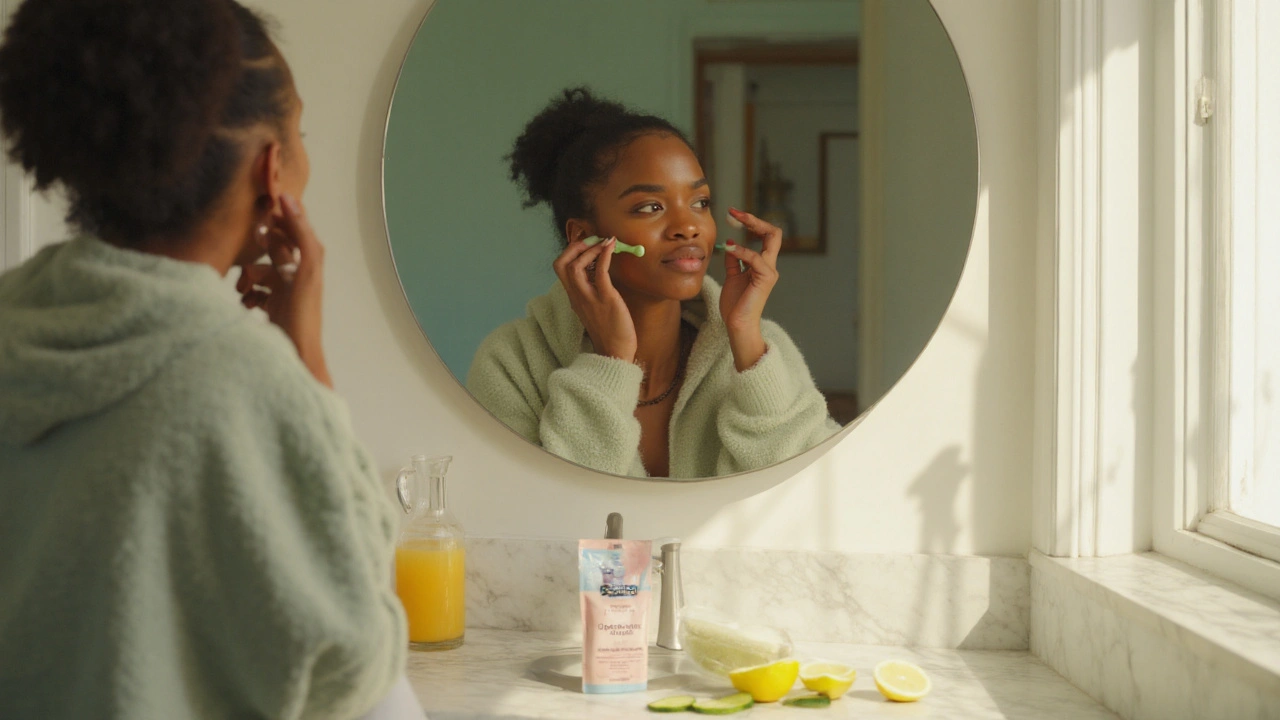Alcohol Swelling – What Happens When You Drink Too Much
If you’ve ever woken up with a puffy face or swollen ankles after a night of drinks, you’re not alone. Alcohol can make your body hold onto extra fluid, and that shows up as swelling in different parts of the body. It’s not magic – it’s chemistry and how your organs respond to booze.
Why Alcohol Makes Your Body Retain Water
First off, alcohol is a diuretic. That means it makes you pee more often, which sounds like it would get rid of water. In reality, the quick loss of fluids triggers your body’s safety net – it starts holding onto any water it can find to keep you from dehydrating too much.
At the same time, many alcoholic drinks are loaded with sugar and salt. Those ingredients tell your kidneys to keep sodium, and sodium pulls water into your bloodstream. The result is a higher blood volume that pushes fluid out of blood vessels and into surrounding tissues – that’s what you feel as puffiness or edema.
Another big player is the liver. Alcohol forces the liver to work overtime breaking down toxins. If the liver gets overloaded, it can’t process proteins properly, leading to a condition called hypoalbuminemia. Low protein levels lower the pressure inside blood vessels, letting fluid leak out into tissues.
Quick Ways to Beat the Puffiness
Good news: you can keep swelling in check with a few simple habits. Start by drinking water between alcoholic drinks – aim for at least one glass of plain water for every drink you have. This replaces lost fluids and helps your kidneys flush out excess sodium.
Watch the salt and sugar content of what you’re sipping. Choose lower‑sodium mixers, avoid salty snacks, and pick dry wines or spirits over sugary cocktails. Cutting down on added sugars also reduces insulin spikes that can trap water.
If you notice swelling in your face or hands after drinking, try elevating those areas for a few minutes. A quick tip: prop your head up with an extra pillow at night to let gravity pull fluid away from your face.
Exercise helps too. Light movement – a short walk after drinks – gets blood moving and pushes fluid back into circulation where it can be eliminated. Compression socks are handy if your ankles swell; they gently squeeze the lower leg and keep fluid from pooling.
Finally, listen to your body. Persistent swelling could signal something more serious like liver disease or a heart issue. If puffiness sticks around even when you’re not drinking, schedule a check‑up with your doctor.
Bottom line: alcohol can tip the balance of fluids in your body, but staying hydrated, choosing lower‑salt drinks, moving a bit, and giving swelling a chance to drain are all easy ways to stay comfortable. Enjoy your evenings, but give your body the support it needs to avoid that unwanted puffiness.

Oedema and Alcohol: Causes, Risks, and What to Do
Swollen ankles or puffy face after drinking? Learn why alcohol causes oedema, when it’s serious, and practical steps to reduce swelling and stay safe.
